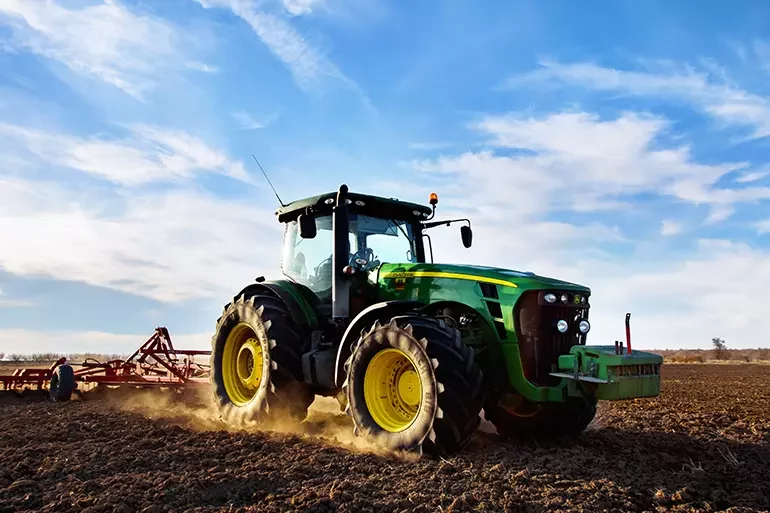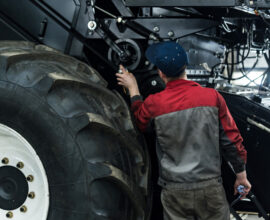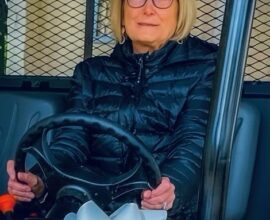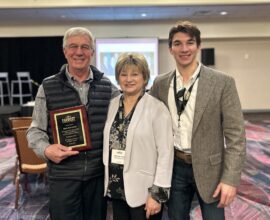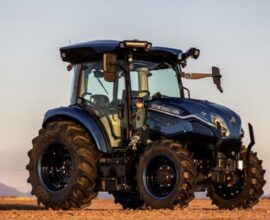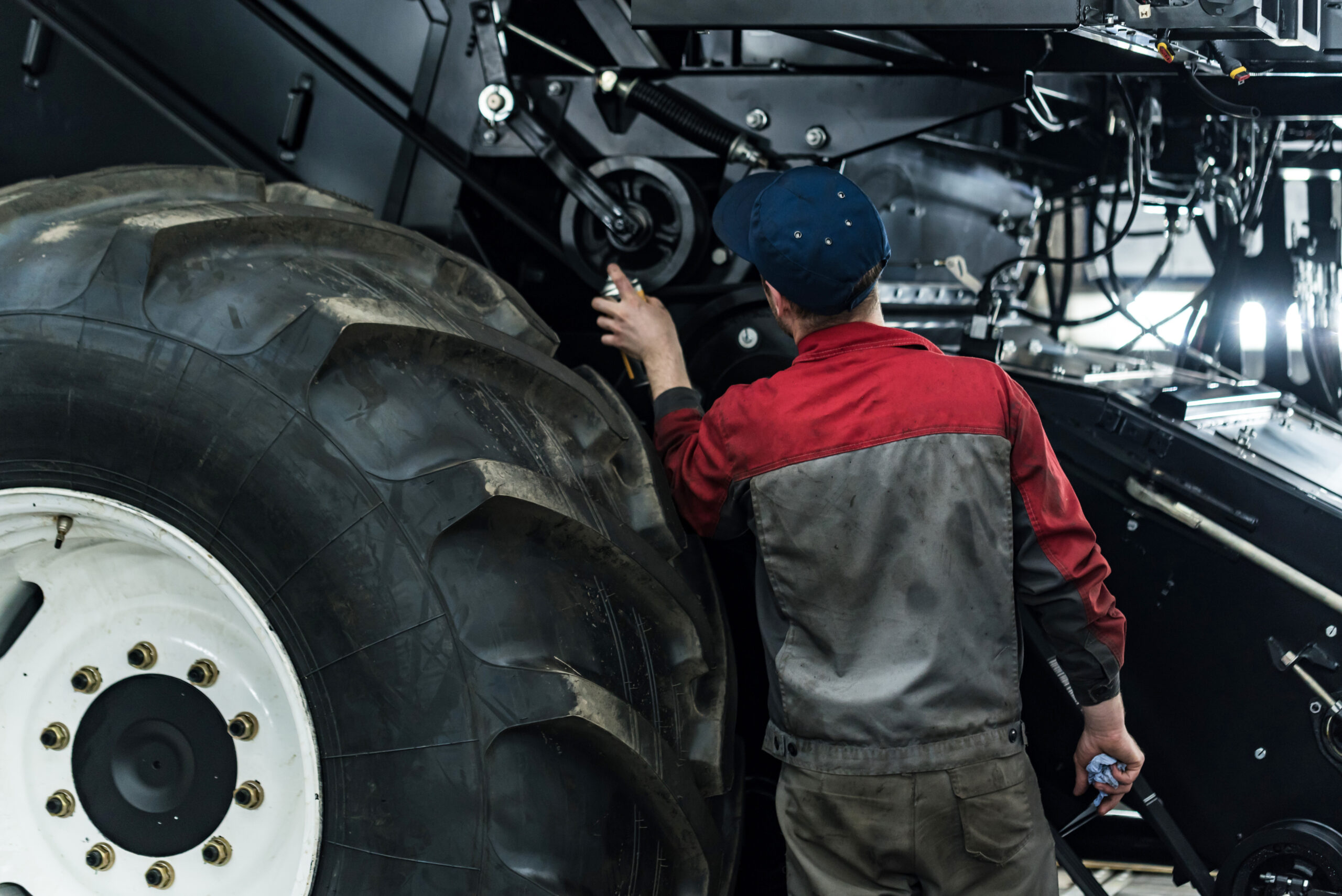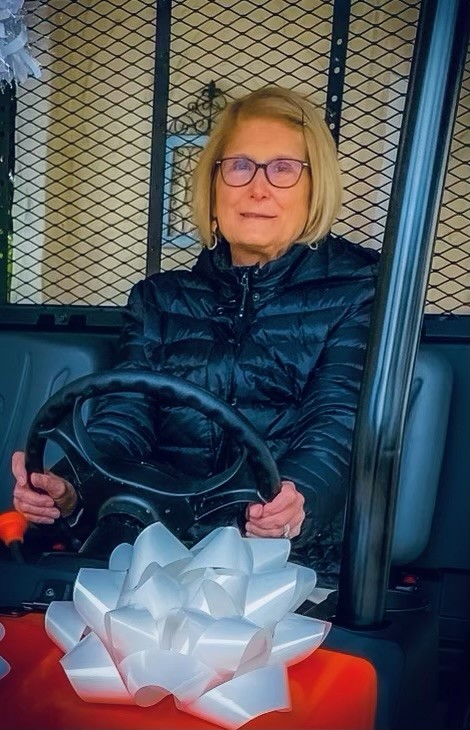By Brad Hooker
Frustrations mounted last week when a powerful regulatory body once again sided with labor interests and rejected pleas to allow driverless tractors in California.
The standards board for the Division of Occupational Safety and Health, or Cal/OSHA, has denied two petitions for updating a labor code nearly half a century old that bars farmers from using autonomous tractors. During a hearing last week, board members criticized manufacturers for a lack of worker safety data specific to California agriculture and relayed labor concerns that the technology is dangerous.
What if the tractor loses connectivity and crushes a worker? What if hackers take over the tractors? A sensor breaks? Eight tractors stop at once for unknown reasons? An operator needs a bathroom break?
“If you don’t have a human safety operator on that tractor, the risk for something to go wrong to hurt one of the workers who is in front or behind the tractor is very significant,” said Jassy Grewal, legislative director for the United Food and Commercial Workers Western States Council.
The board—dominated by labor interests and urban occupational safety academics—deliberated these concerns at length.
Board members and division staff disparaged the agency’s experimental variance trial with Monarch tractors for not delivering enough data, even though the division set the requirements for data collection. And the board refused to appoint an advisory committee until it saw more data from the Monarch trial, which could last until 2027.
“I don’t know if anybody has the safety records of this type of machinery being used with live humans anywhere for any amount of time,” said board chair David Thomas.
Some called for more data from other states, while the division’s executive officer, Christina Shupe, agreed with labor representatives that such data would be inconclusive because production agriculture in California is different from Midwest row crops.
“Incident data is going to be tremendously underreported,” added board member Laura Stock, who said she would only trust the data if unions were involved.
Information on California’s use of driverless tractors, meanwhile, was not available—since Cal/OSHA prohibits the autonomous technology.
Several agricultural representatives responded to the many concerns, offering detailed explanations only to see board members reiterate the same labor concerns later in the hearing.
At one point, Igino Cafiero, founder and CEO of Bear Flag Robotics, asked if the board could return to the topic of worker safety, after board members speculated at length over the potential for job losses.
“I was told this panel is about safety,” said Cafiero. “I feel passionate about being an employer in the state. I feel passionate about jobs. I cared deeply about the people on our team. And I’m happy to have that conversation.”
Cafiero explained the software tools used in modern cybersecurity and the use of professional hackers to test security. He reasoned that even thermostats, fighter jets and cars face some level of vulnerability. He also described efforts by an international consortium to set worker safety standards in automation, how signal loss does not equal safety loss and that sensors can often detect people better than humans can.
Cafiero reiterated calls for an advisory committee to discuss the details more. But Shupe immediately turned down the request, arguing the panel discussion would be adequate. Stock argued such a committee would pull valuable resources from more important issues, like updating the workplace violence standard.
“There are some assumptions about the technology and how we’re implementing it that may just not be complete,” said Cafiero. “I don’t know if this is the forum to get into a systems engineering conversation.”
Several other representatives from equipment manufacturers dashed through a series of responses to the labor concerns. Jeff Jurgens, who directs product stewardship at the Association of Equipment Manufacturers, pointed out that about 50 manufacturers produce autonomous equipment today, 31 of those models are driverless, 18 are electric to align with climate goals, five run on solar to ease grid strain, eight mechanically remove weeds to align with state pesticide reduction goals, and nine companies are based in California.
More than 500 machines are currently working in the field, covering more than a million acres of farmland across more than 40 countries. They have accumulated 350,000 safe use hours, adding up to 175 years and equaling 58 variance trials for collecting data.
“We can no longer say that we don’t have the data to support the safe use of the equipment,” said Jurgens.
He later blasted the many “hypothetical concerns” raised in the panel discussion and argued the board should not make an “all-or-none” decision, since a range of semi-autonomous features exist. Others urged the board to add narrow restrictions on using the equipment within a certain radius of workers.
Evan Pope, a vice president at Sebanto, added that his autonomous tractor company has made numerous attempts to provide the division with data collected from operations in Illinois, Iowa, Florida and Texas. Partnering with the military, Sebanto has addressed issues around safety and security.
“Farming is a dangerous job and autonomy makes it safer,” asserted Pope.
The Bureau of Labor Statistics lists agriculture as one of the most dangerous jobs, with 26 deaths per 100,000 workers—compared to just 14 deaths for police officers. Most of those deaths, he added, occur on or around tractors. Other manufacturers pointed out that driverless tractors remove workers from potential harm from exposure to pesticides and diesel exhaust and from rollovers and other injuries.
A Cal/OSHA engineer noted that 14 deaths were due to tractors from 2017 to 2022, with nine of the victims crushed.
“The existing regulation is actually an impediment to safety,” Michael Miiller, who directs government relations for the California Association of Winegrape Growers, told the board. “You’re actually creating a needless risk.”
He added that having a driver on an autonomous tractor adds more work and more risk for him, since he must be in constant communication with the operator.
“You’ve doubled that chance for human error,” he said. “It’s better if you take that issue off the table by letting the machine be operated as intended.”
While much of the discussion centered on the variance trial with Monarch, the board did not invite the manufacturer as a panelist. During a public comment period later, Jake Winters, Monarch’s chief of staff, defended the company from widely shared criticism that it was violating the terms of the trial.
The trial, however, covers spraying and weeding operations, when an employee would not be present. Cal/OSHA prohibited any workers from being within a 16-foot radius of the vehicle, which made the trial infeasible for delivering meaningful data on work safety, according to Winters. Cal/OSHA staff publicly disparaged Monarch for setting up demonstrations with a test dummy instead.
In 2021 Monarch submitted data covering nearly 3,000 miles traveled and more than 500 hours of operation. The technology successfully detected and avoided humans more than 40,000 times, with no accidents, near misses or close calls.
“Some of the comments today show a deep misunderstanding—if not total fabrication—about the current state of technology,” said Winters.
When a safety feature is triggered, the tractor—driving at two miles per hour—immediate stops, sends the operator a notification and 360-degree live camera view and waits for further instruction, he explained. If a sensor breaks or the software is not functioning normally, the operator cannot restart the tractor.
He added that Monarch has reached out to labor unions to collaborate on the trial.
“They say simply, ‘We don’t ever see a world where there’s not a driver on board the tractor,’” said Winters. “We’re asking you, the board, to help bring labor, the industry and all the other relevant stakeholders together so we can have a discussion not based on fear mongering, but based on actual data.”
After hours of discussion on protecting farmworkers, the first—and only—farmworker phoned in to the conversation. Hernan Hernandez, executive director of the California Farmworker Foundation, has worked closely with CDFA, UC researchers and economic development councils to upskill agricultural workers through efforts like the Fresno-Merced Future of Food (F3) Initiative.
“The missing link within the discussion is a farmworker,” said Hernandez. “When we talk to workers, we know that safety is at the forefront. But we also know that a lot of them want opportunity. They want opportunity in a way in which they can make higher wages.”
Hernandez spoke from experience, having worked as both a farmworker and now as a liaison to growers and manufacturers in considering the needs of farmworkers in the agtech industry.
“We know this is going to change the life of the population we serve,” said Hernandez. “We know it’s going to change the lives of their families and of their children as well. They see that education is the way going forward.”
SOURCE: Agri-Pulse

